- 9 Lives Arena Review: Building Your Legacy With A 24/7 Companion - January 22, 2023
- Star Atlas Game Overview - December 11, 2022
- Heroes Unchained Game Overview - November 13, 2022
Play-to-earn games are a fun thought experiment. The concept is simple: the more you play the game, the more you earn. From the player’s perspective, everything makes sense – they play the game, they get paid, nothing else to worry about. Within the system, intricate economic models are perpetually in motion.
The tokenomics for any blockchain system is challenging to understand for the layman. The design, in and of itself, is often a small-scale version of global economic models set in unique and diverse futuristic ecosystems. Different cryptocurrencies have different economic and value systems in place. Often, this is the one defining aspect of the crypto games’ success. Poorly-developed tokenomics are quickly unraveled, and players will often jump ship to newer, greener pastures.
Tokenomics is one of the fundamental elements of any blockchain-based project, not just for play-to-earn games. If you’re someone looking to make a full-time income out of this industry, then understanding blockchain gaming tokenomics is essential.
Introduction
Now, I’ve been in the crypto game for five years, and I’ve seen some really crappy tokenomic models. If any of you remember those two-token economies, one for security tokens and another for utility tokens, you’ll quickly realize just how shoddy some models can get. That is not to say, however, that coins with garbage tokenomics can’t find success. One immediate example that comes to mind is Dogecoin, whose value is derived strictly from the meme itself. It acts as a layer one blockchain without utility or differentiation and has no supply limit that makes it infinitely inflatable – concurrently driving down the value of DOGE each time a new coin is minted.
Crypto tokenomics is in a funny state right now. There are coins with good tokenomics that are too complicated for everyday users to understand, so they don’t invest in them, and the project ultimately fails. On the other hand, there are coins with horrible tokenomic models that provide near-zero utility value that keeps on rising in value, like Doge.
I’m here to help shed some light.
Bottom Line Up Front
Tokenomics is a combination of the words “token” and “economics,” defining the interaction between a project and its end users through the use of their digital currency. A coin’s value is derived from its supply and demand, where supply is publicly and objectively announced by the developers, and demand is subjective to the motivations of its end users. Tokenomics is a key aspect of any blockchain project. With horrible tokenomics, investors will look elsewhere to place their money, and players won’t even bother trying out the gameplay, no matter how good you make it seem.
What Is Blockchain Tokenomics?
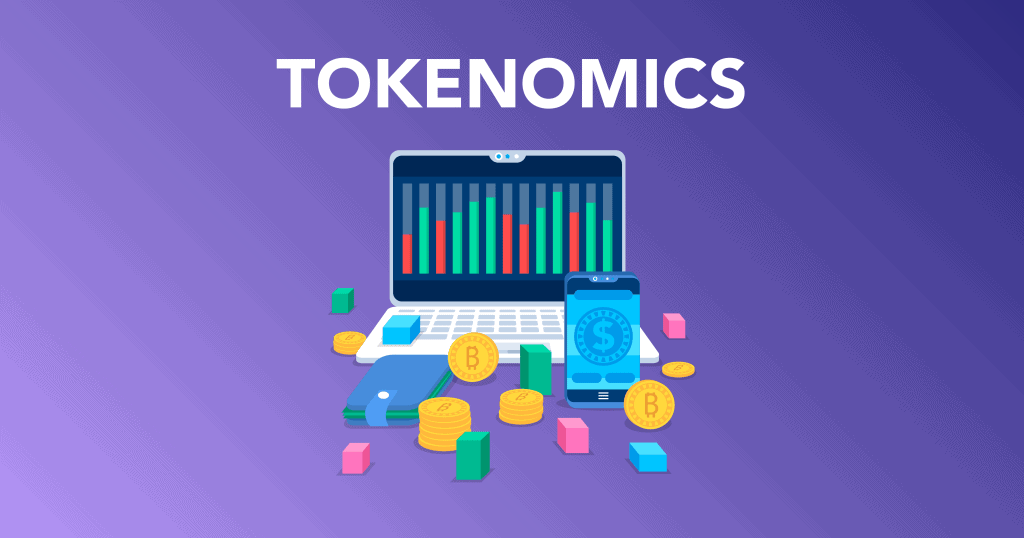
Acting as a portmanteau of “token” +” economics,” tokenomics defines the interaction between the blockchain, decentralized technologies, and its end users.
Well-designed tokenomics means an unending stream of motivated users – enjoying a genuinely entertaining game with increasing value and lifting profits.
What might surprise you is how the underlying concepts for a successful blockchain game already exist. Existing examples in the industries of business, finance, gambling, and, of course, gaming provide valuable insight into how a successful in-game economy could be run. Power leveling and gold farming of MMORPGs like World of Warcraft, for example, have become a shining example for the P2E world. Eve Online shows us how large in-game economies can grow and spill over, all while interacting similarly to how traditional finance has done it. Magic The Gathering has shown how keeping some key assets could serve useful and profitable in the long run.
If these concepts already exist, then why is it so hard to build them? The answer is quite simple: blockchain-induced decentralization and autonomy. These two factors introduce variability to the system – where system creators have to find a way to incentivize the users to self-maintain and grow the economy through aligned motivations.
If done theoretically perfectly, a feat no one has ever achieved before (not even on the scale of global economies), tokenomics should align the motivations of the different stakeholders within the system.
This includes players, developers, and investors in the world of crypto games. While each section may earn profits from the game differently, they share the common goal of elevating the game to its full potential, where each sector has different motivations. In many play-to-earn models, players earn money by winning matches and don’t face the consequences if they lose them.
In a lot of play-to-earn models, players earn money by winning matches and don’t face the consequences if they were to lose. So, what is the risk, then? The danger lies in the mechanism of the games you are playing and the game’s basic concept. As an example, there are tokenomic models that burn more coins, meaning that they’ll be destroyed through transaction fees. If you burn more than you earn, how do you expect to turn a profit?
Players could also lose money by investing in the wrong game. NFT games may look like traditional video games in how they’re designed, but they also give users much greater control over in-game assets like weapons, vehicles, and characters. P2E games may require you to shell out cash to participate. Axie Infinity, for example, requires you to buy a team of three Axies (player-controlled characters) before you can start the game. If you purchased them at the peak of their popularity in late 2021, one Axie could easily go for $200-300USD. A couple of months later, that same Axie could be worth less than a third of what you paid for it.
What is the solution to reducing the risk of losing money in the black hole of the blockchain? Good tokenomics.
Market Participants
At the core of anything and everything is people. Aside from just generating and inviting new users into the system, we will also need to find ways to continue to motivate the main participants; these include the players, developers, and investors.
In this section, we dive deep into each participant and outline how they can be motivated and their value-added contribution to the system.
Players
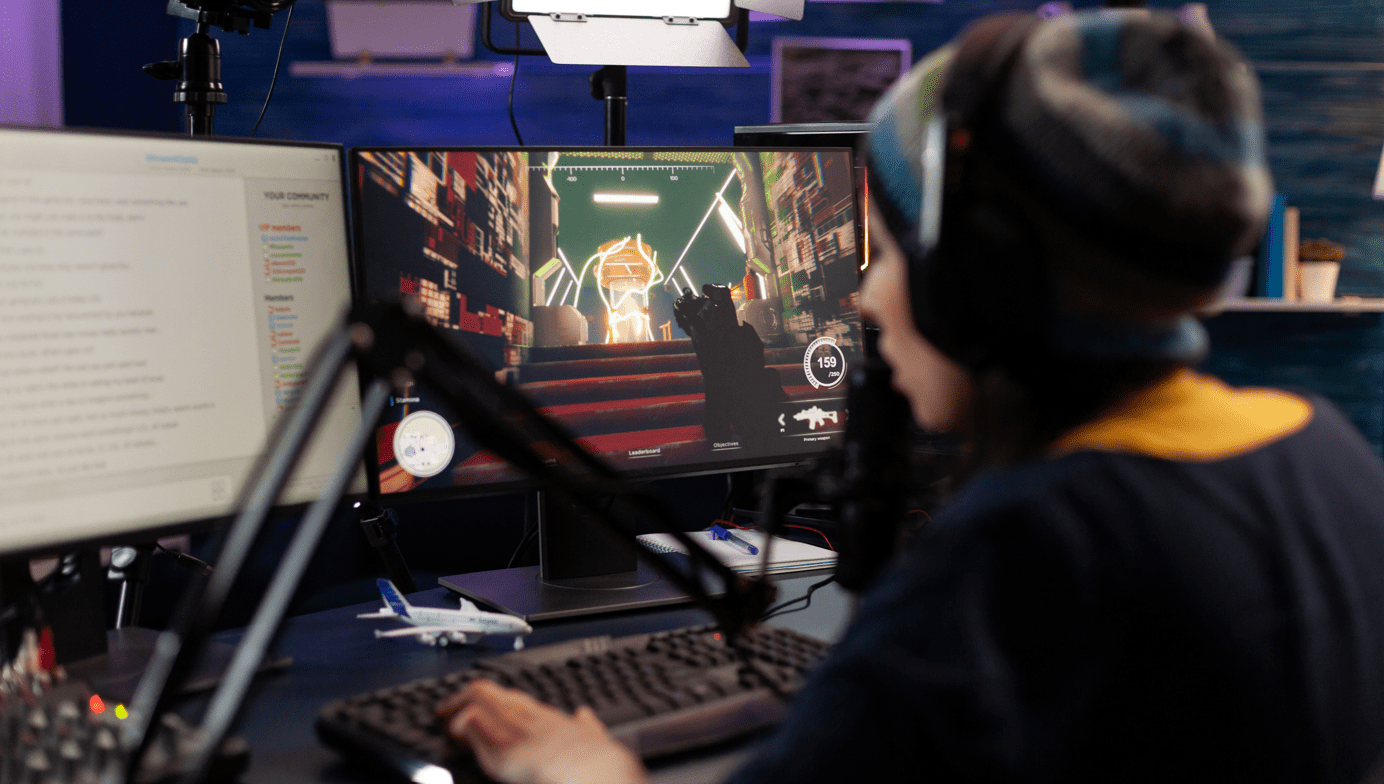
There are two player types in the gaming world: those who play the game for leisure and those who play to earn a full or partial living. No matter which scope you end up falling under, there is something for you in the world of blockchain games.
However, players who look to earn from their chosen game rely heavily not only on the underlying economy of the game but also on its overall popularity. I think the departmentofplay outlined it best when they mentioned that play-to-earn models generally have two ways to generate revenue: the in-game economy and content creation.
When it comes to the in-game economy, its roots could date far back to the “grinder”‘ of World of Warcraft, where they grind the game to crank out the highest, most-valuable commodities and items that they could sell in the market.
On the other hand, we have content creators who use the game’s popularity to leverage their personalities and build large followers of committed audiences. Their content could include professional matches, live streams, and comedic skits.
Without the players, the game would have no social or real-world value.
Developers
The developer in question could be those that are directly involved with the creation of the game on a full-time or per-project basis. Occasionally, these could also include white-hat hackers who find weaknesses and vulnerabilities in a system and report it to the developers to fix. They are then compensated in bounties as a reward for their findings.
Obviously, financial rewards and the possibility of community recognition are the main motivators for developers to continue building the game. When a game becomes popular, developers are granted bonus incentives as a reward for their services.
If the heavens were so kind, a developer within an organization may even branch off and start developing their own external tools that continue to positively contribute to the players’ experience.
Investors
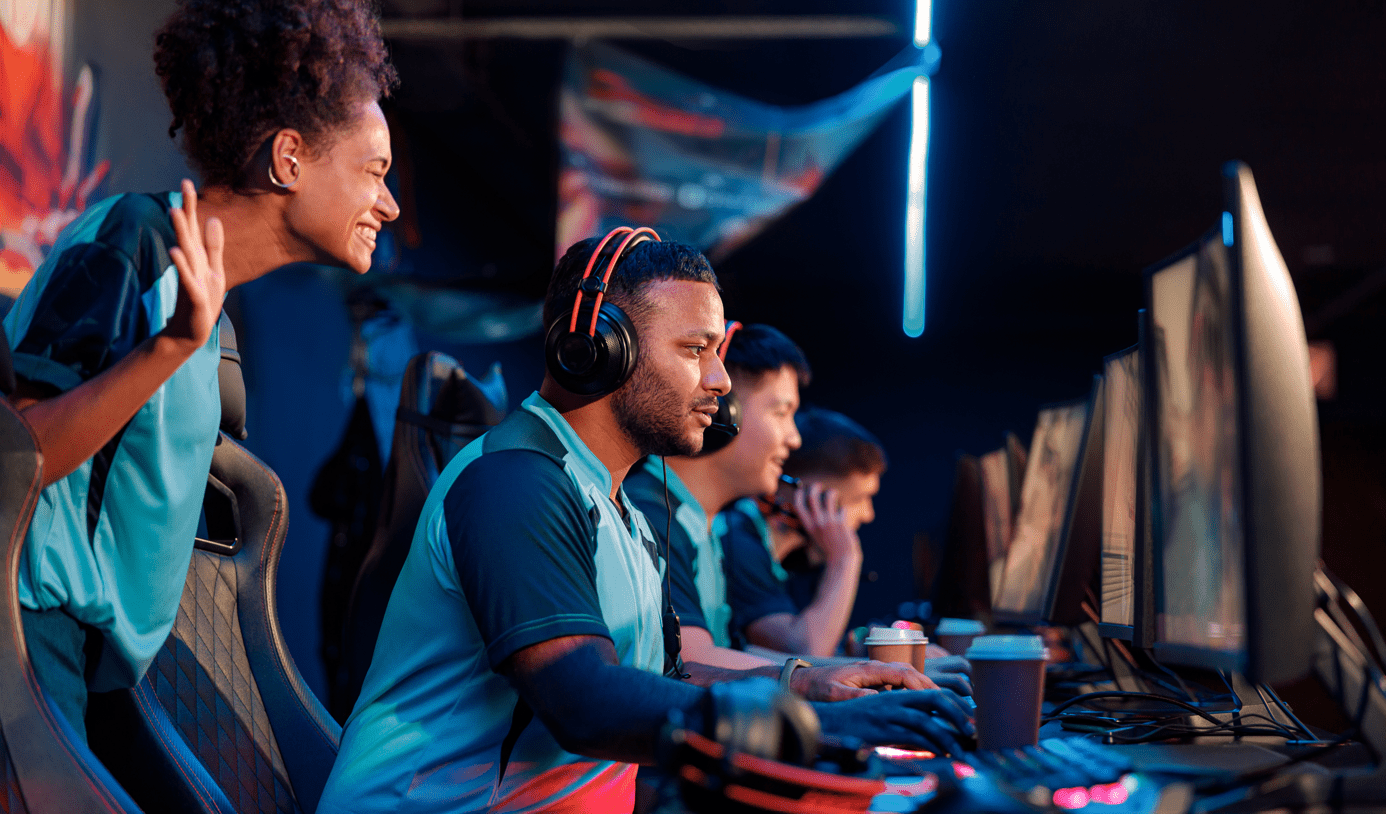
Finally, we have investors: who are motivated not only by the money but also by the advancement of technology to create even more engaging and immersive video games. Investors may also have a say in the game, and a large one at that; governance tokens are often granted to early investors, and these may be used to cast votes on the developments that developers make. Often, governance tokens are granted to investors who’ve exhibited an extreme interest in the game and played it on a daily basis.
Token Mechanics
In this section, we’ll begin discussing the token itself, its different types, and the unique features that a token may or may not have. It is absolutely crucial that you’re able to identify the mechanics of the token – it is, after all, how they are created, used, and routed to different market participants, through understanding token mechanics and having a general idea of how these work, you became capable of identifying the advantages and flaws within the system.
Different Types of Coins and Tokens
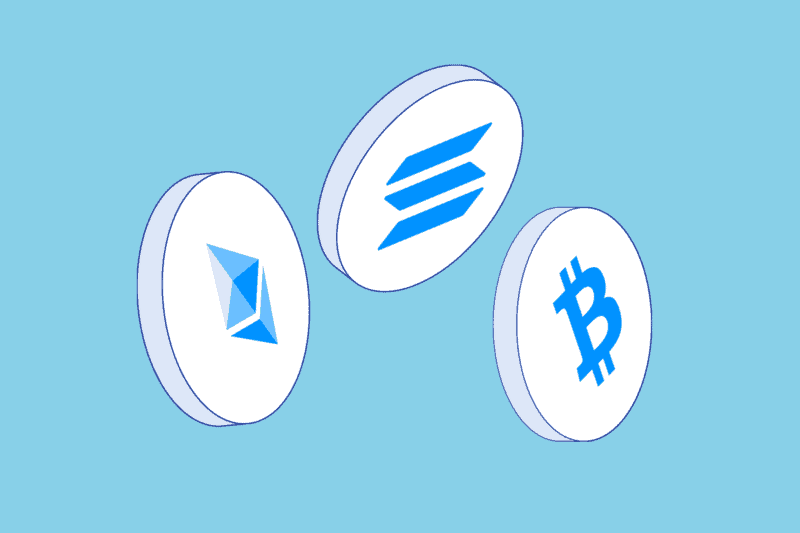
While we may use coins and tokens interchangeably, there are subcategories that one may use to further subdivide these coins. These are the following:
- Securities or Governance: Governance tokens are the tokens that act like shares in a company; they give its owner voting rights on how the organization will proceed from here. It’s an innovation born out of the crypto space and, as such, has “decentralized” and “autonomous” written all over it. While whale holders may be a problem in the decision-making scheme of things, it’s no secret that governance tokens are unique in that they incentivize collaboration and close-knit communities. With one token equating to one vote, more equitable decision-making becomes the clear outcome.
- Utility Tokens: Utility tokens are what you think of when anyone mentions cryptocurrency. They’re designed for a specific purpose and offer access to certain products and services. Examples of these include Axie’s SLP and ThetanArena’s THC.
- Non-Fungible Tokens: What’s unique to blockchain games is how they handle NFTs. So far, the mainstream application of NFTs is consumption. It’s something you can look at like art or hear like music. In the world of blockchain gaming, NFTs are interactive assets. They add so much more utility in that a person could actually interact with the NFTs. These include digital land, game skins, and character models.
Staking
Staking is the process of locking a certain amount of tokens in a node to create what we know as a consensus mechanism – allowing transactions, validating blocks, and increasing the security of the system the more coins there are stakes. Similar to bonds, staking means that you can’t use the coin whenever you want to. However, they do allow its user to earn passive income.
Proof of Stake is likely the next big thing in the gaming industry. Its primary advantage is its eco-friendliness. With the merge in Ethereum taking place this year, we expect the carbon footprint emitted by Proof of Work coins to go down. I think this article from Investopedia explains it well. Some dynamic gaming tokens like $FIGHT are ahead of the curve and already use this feature.
Issuance
A good tokenomic model explains, in great detail, how players, developers, and investors can gain more tokens. Issuance is the official term for this phenomenon.
What worries many people, especially in releasing popular tokens, is the possibility of a rug-pull occurring. More notably, rug pulls occur when the project was never planned to release at all. It’s common knowledge that the most money is made by early investors – even before the game has come out. When you’re investing before the release of a game, you stand to make (and lose) the most. Given this, it makes sense why people would invest in a company without posted results yet.
To circumvent this phenomenon, it is common knowledge to include a vesting period when you’re issuing tokens for the first time. This way, the users(and developers) won’t be able to dump them right after demand increases, and the value goes up. This generates a demand floor and helps build token value. Of course, as with all things, you should also have done your own research and checked out the team behind the project.
Fungibility
Fungibility defines the core value of any token. Each token, of course, can be either fungible or non-fungible.
Fungibility literally defines how you should think about a token.
Fungible tokens are those that you exchange on brokerage platforms. They can easily be exchanged without loss of utility, practicality, and value. Non-fungible tokens, on the other hand, are often 1 of 1. This means that they’re specific and contain unique features that distinguish them from other tokens.
It’s obvious at this point that fungible tokens make for great in-game currencies – users can trade or spend them anytime. On the other hand, NFTs are usually used for in-game items like skins and cosmetics that are unique. While you can’t exchange them directly for NFTs, they can be bought and sold on specific exchanges.
Minting
Issuance is the process of distributing tokens. Minting is the act of creating new ones. In the case of an NFT, minting means publishing the token on the marketplace or protocol. This is essential to the tokenomics model. Otherwise, what money would you expect to receive?
Burning
Burning is the process of token and coin destruction. Different tokenomic models go about this in different ways. Some burn through each transaction; others have their DAOs buy back the money and then burn them. Does that sound crazy? Well, it’s not too far from what happens in the real world. When inflation threatens an economy, the US Federal Reserve can use its tools to control the supply of money to help stabilize the economy. The Fed can shrink the supply of the economy by taking care of their financial liabilities to banks (who supplied the money in the first place) or quite literally burning the money.
Inflation

Speaking of inflation, this mechanic also exists in the world of blockchain games (this just makes me wonder if gaming economies are exact replicas of real-world economies). Nevertheless, inflation occurs when the total circulation of a token is increased due to continued minting and issuance. The constant influx of new coins pushes down the overall value of a coin, often even if its market value rises.
The advantage of inflationary coins is that they become more accessible to the layman. They’re cheaper and more liquid than the alternative. Obviously, however, inflation becomes a real problem when left unchecked, hence the need for other mechanisms like burning to keep it in check, reduce the supply, and maintain the value when demand isn’t so hot.
Wrapping and Bridging
Wrapping and Bridging are mechanics used primarily in the world of blockchain gaming. A blockchain bridge is a protocol that connects two blockchains to enable interactions between the two. With each blockchain having its own set of rules, tokens, protocols, and smart contracts, a blockchain bridge brings together isolated crypto ecosystems to facilitate the change of tokens and data without incurring transaction fees or exposing yourself to price volatility. In games, we see wrapping and bridging being done in most games – which is how you become capable of purchasing in-game assets and just accessing the ecosystem in general. Here’s a list of the top wrapped tokens; hopefully, that will help shed some light on their utility.
Pegging
When you think of pegging, think USDT, BUSD, and other stablecoins. They’re always designed to be exchanged for a specific value. You can exchange your fiat currency for these stablecoins to remove the volatility of assets and prices over time and grant you access to trading and in-game goodies. Perhaps the most useful scenario of pegging in the world of blockchain gaming can be found in blockchain bridges, which we just discussed. Wrapped tokens are tokenized versions of another cryptocurrency – think token within a token… Token-ception?
Their value is pegged to the value of the asset they represent and typically can be redeemed at any point. WrappedBTC, an ERC20 token compatible with the Ethereum network, can always be unwrapped for the BTC that you bridged it for. It’s backed 1:1 with Bitcoin.
Voting
This has to be my absolute favorite mechanic in all of blockchain gaming. I cannot tell you how many times I’ve wanted an update on a game to buff or nerf a character and prayed to whatever god would listen that the devs would hear me and put out patch notes in great detail about exactly what I wanted.
Has it ever happened? No. Will it ever happen? Probably not.
Unless, of course, the game in question is run on the blockchain, and I share the same sentiment with most of its players.
Voting is an essential aspect of any decentralized system. Because projects allow their players to participate and vote, we, as players, feel a special connection to the project. It’s a special feeling to know that we can influence the outcome of projects were passionate about and that our best interests, as a community, are genuinely taken into account.
Tokenomics Models
Now that you understand the different facets of a token’s mechanics. Here’s how the different features work together to form different tokenomic models:
Deflationary Models
Deflationary models have limited total supplies. From that statement alone, one can derive how the tokens generate value. At the time of its release, projects release a fixed number of tokens and never add any more. With a limited supply, investors will look to purchase the available coins, especially if they have the knowledge that the supply might likely shrink in the long run.
Inflationary Models
In stark contrast to deflationary models, we have the inflationary models as set by Ethereum, Polkadot, and everyone’s favorite, Dogecoin. In inflationary models, new coins can theoretically be made at any time. With an unlimited total supply, inflationary models tend to be worth less as more units are put in circulation.
To circumvent this projects like Ethereum issue differing amounts of coins every year to make it a disinflationary currency. Disinflation is a case where the amount of inflation shrinks over time due to regulatory acts.
In a previous section of the article, I spoke about Dogecoin and how its inflationary system will ultimately lead to its ruin. I think this is the perfect time to let it be known that I do not share the same sentiment with all inflationary models, especially Ethereum. Because of its utility and hyper-active team, I’m a firm believer that somehow, someway, Vitalik and the team just might make it work – or, if not, they’ll move to a deflationary model.
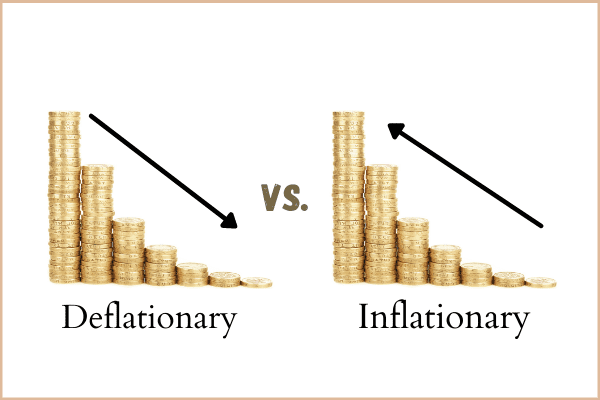
Buyback and Burn
Buyback and burn is a popular economic model that has roots in the real world. Similar to how companies repurchase stock to consolidate ownership and preserve stock prices, the goal of buyback and burn models is to burn tokens to reduce supply and raise prices. Cryptocurrencies like Binance Coin and Bitcoin Cash are just some of the main proponents of this model, given that they started off with ample token supplies.
At the moment, this tokenomic model continues to gain popularity as it allows projects to start off at low prices and artificially enhance their value after securing investments. This generates hype and sparks interest from potential investors, further increasing the price and pushing it upwards.
Mathematically speaking, I genuinely think that this is one of the best models currently in use.
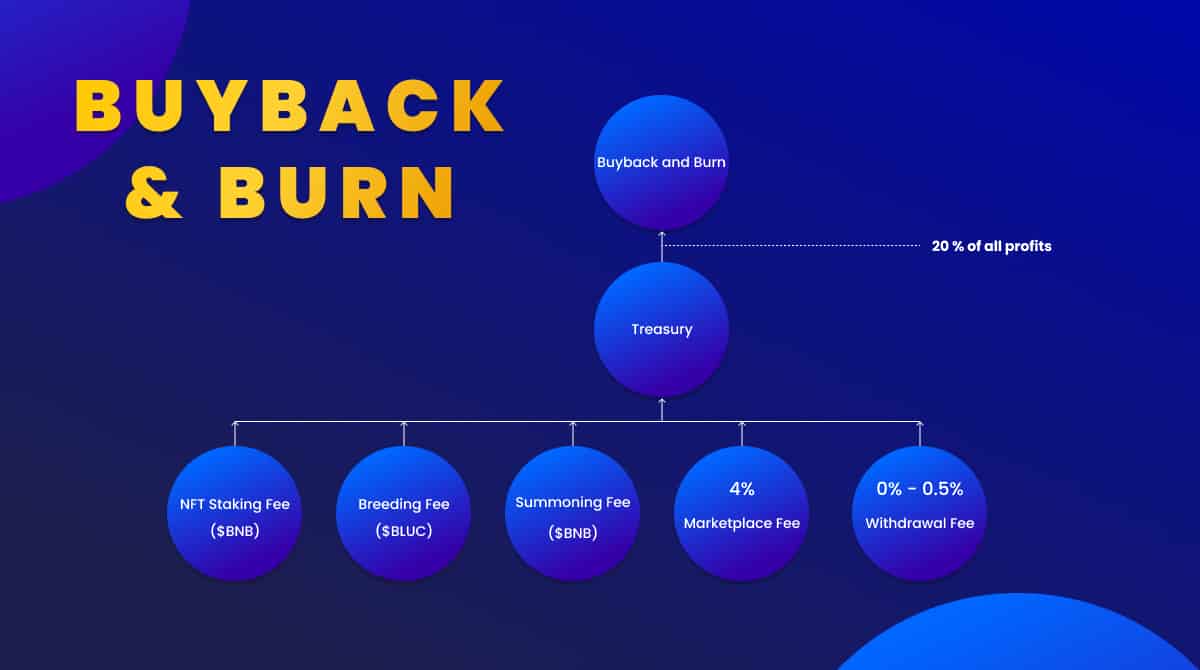
Burn on Transactions
Perhaps one of the lesser-known models for tokenomics, burn-on transaction models create a “special tax” on transactions written within the code. Once these transaction fees occur, the tax “burns” the token and removes the tokens from the total supply.
One example of this is Safemoon. What is most notable about this token is that it has a 10% transaction fee for transferring the tokens. Personally, I find this to be a questionable token design that impedes the long-term growth of the token, especially given that its transaction fees are astronomical.
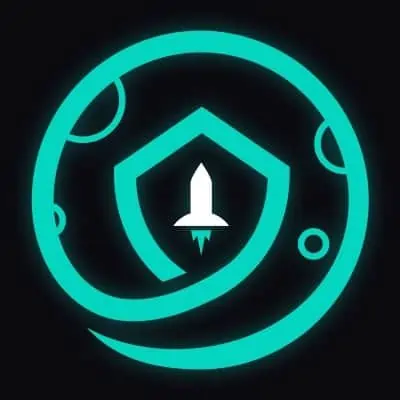
Where Do Tokens Derive Their Value?
The law of supply and demand are the major determinants of the token’s prices. At the core of any economic model is the law of supply and demand. The two factors provide insight as to how desirable a given currency may be. The supply side considers solely the change of supply over time. When there are fewer tokens in circulation, then the value will generally hold or increase. When there are more tokens being minted, then the value of a single token will generally decrease due to inflation. When you consider the market cap, which is the limit of the coin’s total value, you’ll see how this holds true.
Increasing the market cap, representing the total amount invested into a coin, then, is a matter of creating demand. Demand is boosted by the people invested in the coin, spurned on by subjective factors such as the potential for ROI, utility, and maybe even design. A fixed, deflationary model won’t immediately generate value for the coin; people have to believe that this stuff has some actual use.
Aside from the aforementioned factors, a token could also derive its value from these three main bodies:
In-Game Items
Any in-game item adds value to the game, especially when it’s an NFT. In-game NFTs can come in the form of characters, gear, and land. Each NFT provides its users an advantage over other, more generic players. Whether it improves character cosmetics or provides an actual competitive advantage, a good in-game NFT will provide the players with some actual value when they purchase it.
Of course, there are also instances where these in-game items could be dropped by simply playing the game, even with minuscule probability but highly advantageous as it removes the need for the upfront cost.
In that case, a player could then sell these in-game items and exchange them for fiat currency. Obviously, an item’s rarity won’t directly contribute to the game’s demand – but creating promotional materials that show off other players making big money through in-game items will definitely raise some eyebrows.
Governing Parties
The development team behind the project is also a core value driver for the token. Decentralization presents open and more democratic systems of decision-making. While it may be the overall community that decides how the treasury and projects’ funds get spent, it becomes up to the development team to prove that they listen and deliver. Internal developers can put together proposals featuring suggestions for more in-game improvements that governance token holders could vote for. As people get more and more involved with the game, so will their interest, commitment, and overall support. Value isn’t only derived from money; it could also be in the form of loyalty and commitment from outside bodies.
Funding
Funding can come in the form of presales, ICOs, and exchanges. These allow the coins to exist elsewhere in the broader crypto ecosystem. While it does open it up to volatility, I firmly believe that most of these projects could not exist without the existence of the exchanges on which they are traded. Otherwise, how else would the public be able to find and support the project’s coin?
On Tokenomics
Many mathematicians and so-called economists have publicly stated that the tokenomics within the vast majority of these blockchain games are either unsustainable or too simple to work in the real world. And to an extent, they have a point. Many crypto projects make it a point to keep the project simple so that the general public can understand how the economic systems of their favorite games work. They hold the firm belief that if the public doesn’t understand how their money gets made, then there’s no way that they’ll continuously support the systems of the project.
That’s why you should make it a point to understand blockchain gaming tokenomics and keep an eye out for anything more complex yet more sustainable that may come out soon. A lot of the models I’ve illustrated above don’t work in the long term. However, the core mechanics of the tokens, rooted in real-world examples, provide a solid base layer of a good tokenomic model. It simply becomes a matter of finding the right combination of mechanics to create systems that resemble real-world economics.
FAQs
Question: What is a gaming token?
Answer: Gaming tokens are the coins you earn by either purchasing from a blockchain gaming project or playing and winning in the game. Gaming tokens can either be fungible or non-fungible. Fungible tokens are given as prizes whenever a player achieves something within the game. Non-fungible tokens are digital assets that add to the overall experience of the game. Either way, these tokens can be exchanged for fiat money through cryptocurrency exchanges.
Question: What is the best blockchain for games?
Answer: The vast majority of blockchain games are built on Ethereum. However, that doesn’t mean that this cryptocurrency has sole control over the market. Many games are available on blockchains, including the BNB Smart Chain, Polygon, Harmony, and Solana.
Question: Which blockchain gaming tokens are a good investment?
Answer: There’s no one answer to this question. It all boils down to the tokenomics of projects, their use cases and utilities, and the overall community supporting the project. What makes blockchain interesting, however, is that hype and community support are such huge drivers of value.
Looking for more interesting readings? Check out:


